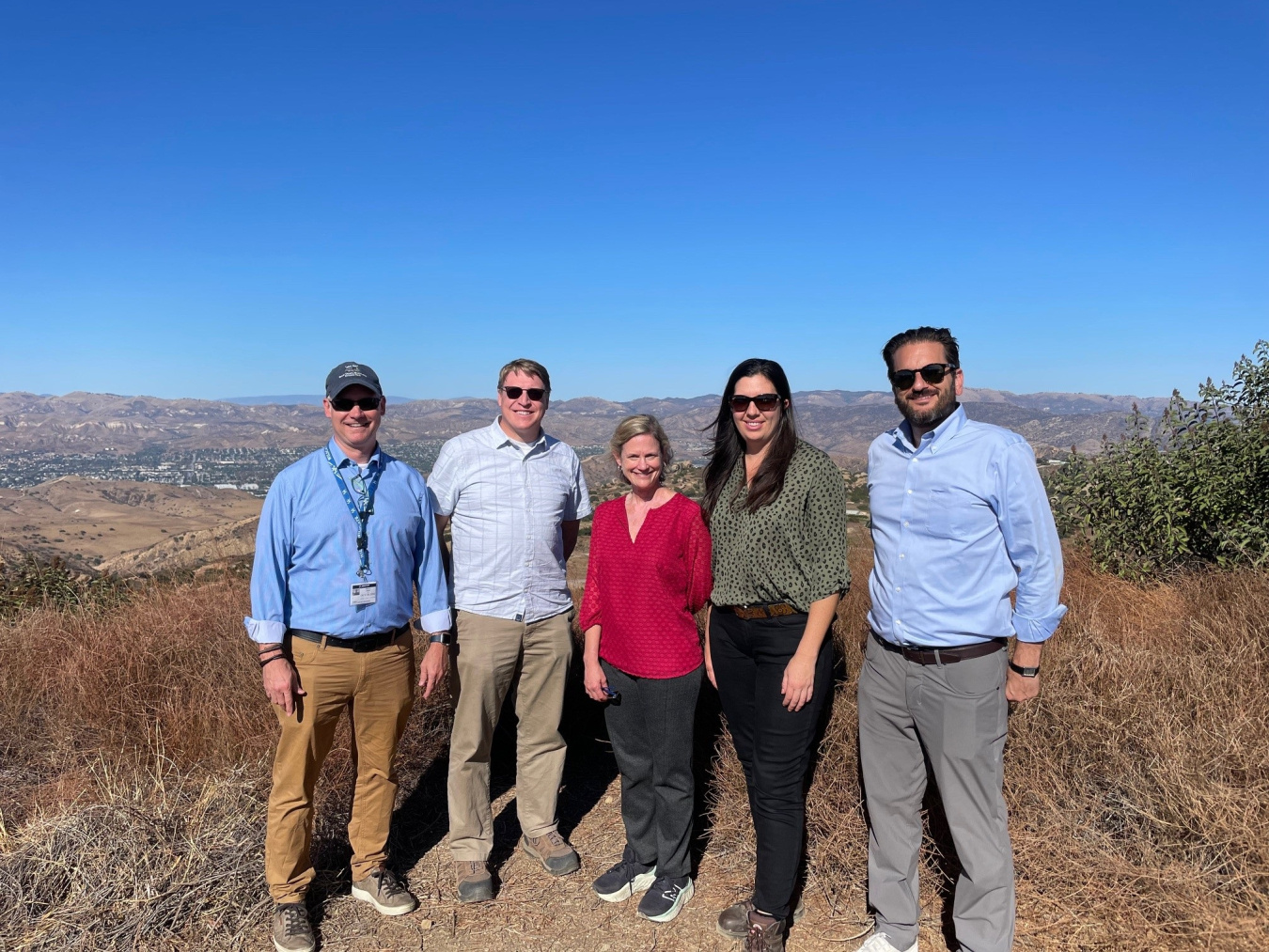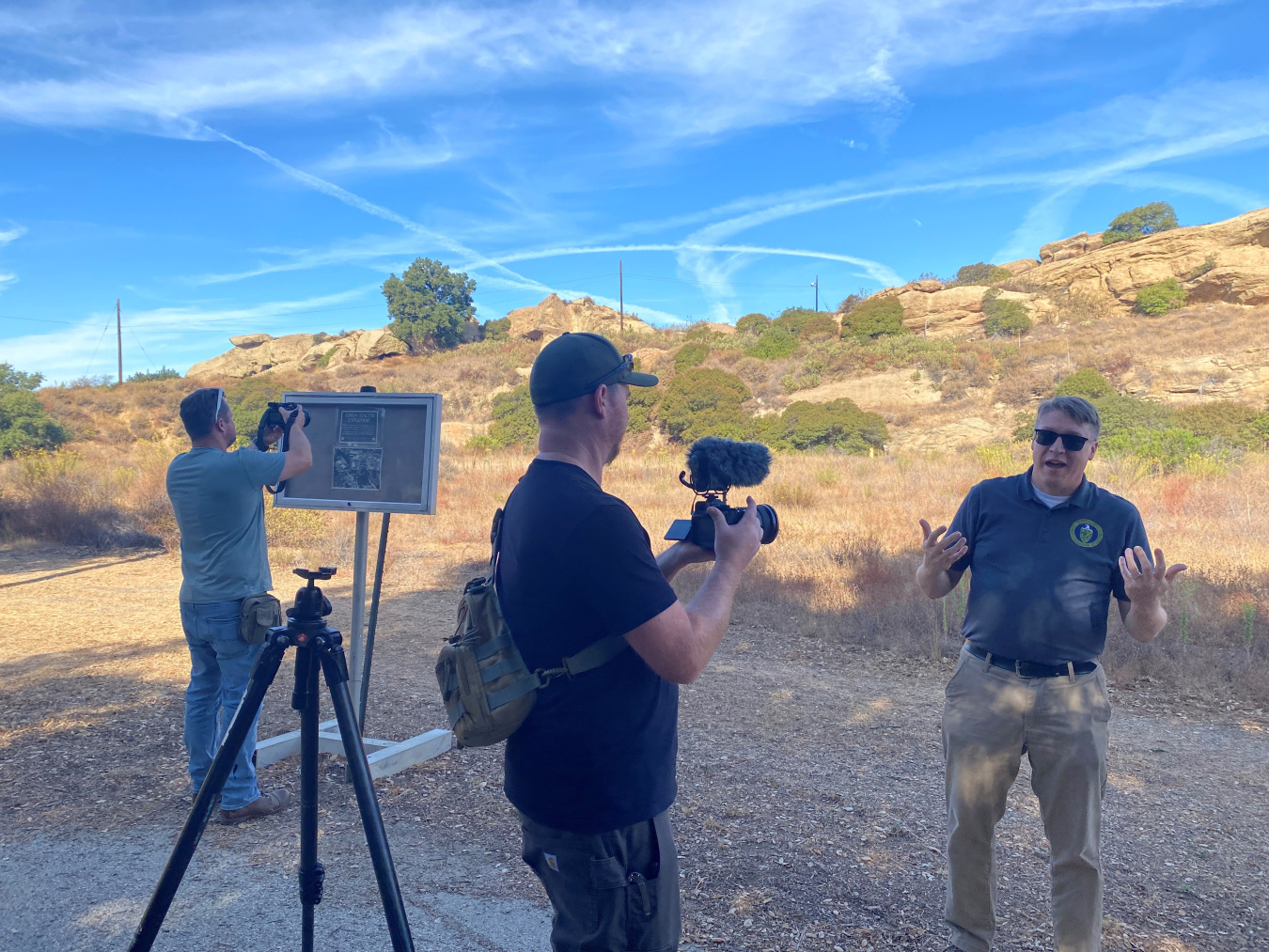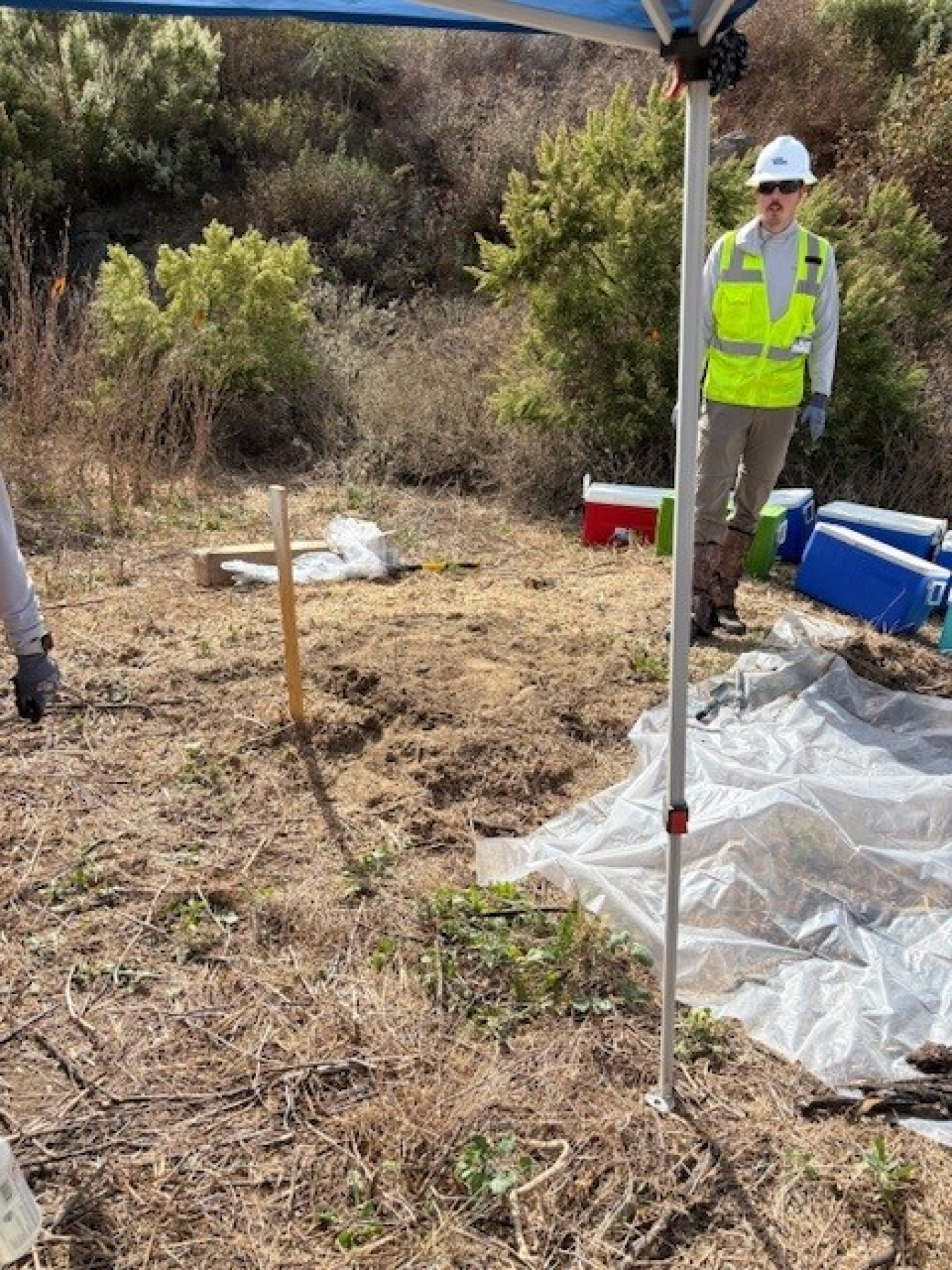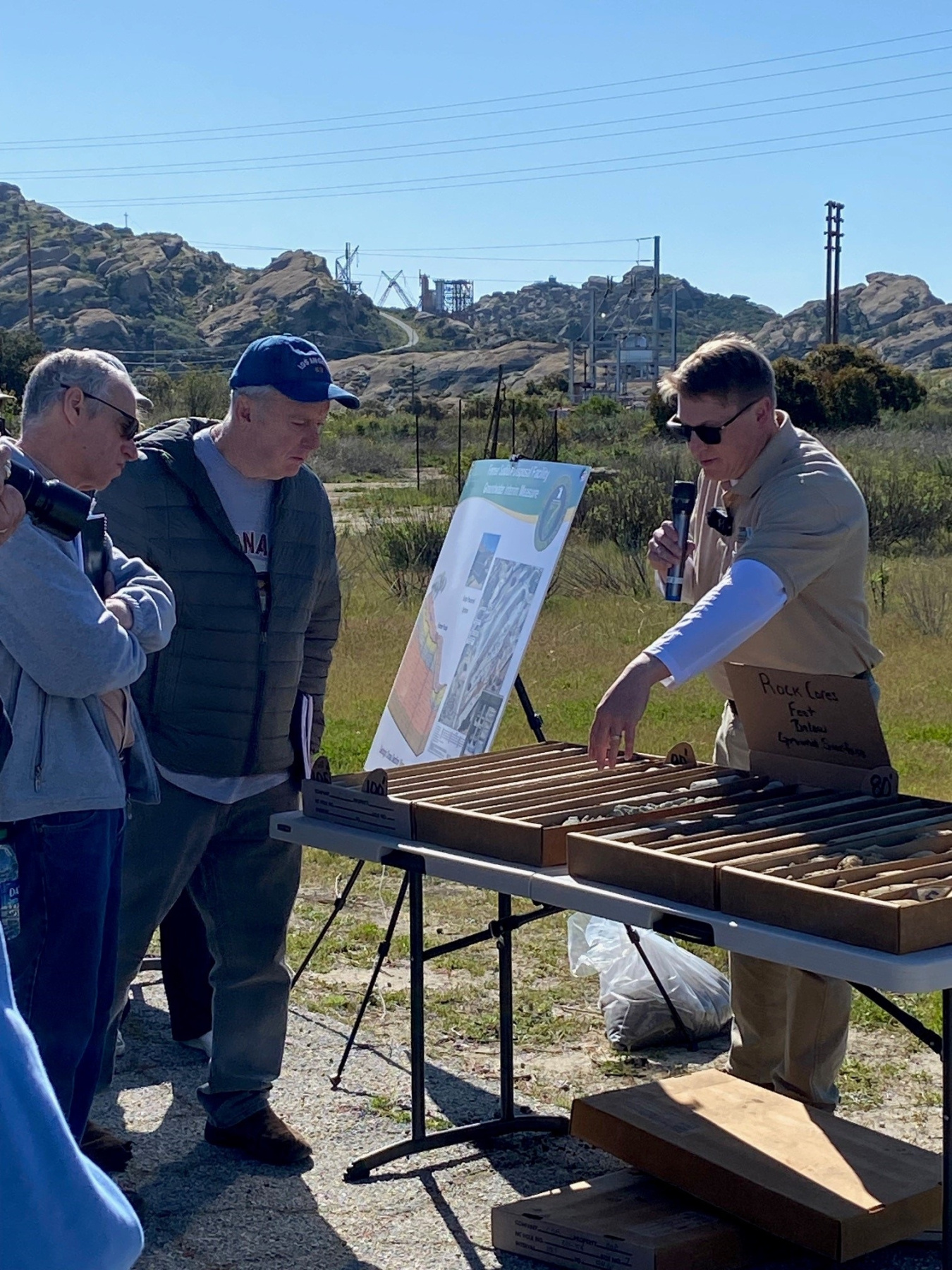The U.S. Department of Energy's (DOE) Energy Technology Engineering Center (ETEC) at the Santa Susana Field Laboratory (SSFL) highlights milestones from 2024.
Energy Technology Engineering Center
December 6, 2024As 2024 comes to an end, the Department of Energy (DOE) would like to highlight some activities that took place at the Energy Technology Engineering Center (ETEC) at the Santa Susana Field Laboratory (SSFL).
SSFL is a former rocket engine testing and nuclear research facility located on about 2,850 acres in the hills of Simi Valley in southeast Ventura County. DOE conducted nuclear energy and liquid metals research and development at ETEC in Area IV, a 290-acre portion of SSFL, and is charged with cleanup of residual contamination that remains at the site.
Highlights from this past year include reviving the quarterly newsletter, a graduate fellow’s data collection for a study on scat, DOE’s participation in a groundwater community education series, the installation of an automated pump system, spadefoot toads spotted onsite for the first time in a decade, and the extension of an agreement that covers cultural resources protections.
Read about these activities below.
Changes at ETEC
This year brought several changes for DOE, including an updated website and the revitalization of the CleanUpdate
newsletter. Both the website and newsletter aim to keep the community informed about current site activities and provide
historical information about SSFL.

In June, Candice Robertson became the new head of DOE’s Office of Environmental Management, replacing Ike White, who was nominated to serve on the Defense Nuclear Facilities Safety Board. Robertson has more than 20 years of experience in radioactive waste management and has previously served as an elected Nye County Commissioner in Nevada prior to starting her federal service.
Another change in leadership came in September when Meredith Williams stepped down from her position as director of the California Department of Toxic Substances Control (DTSC), which oversees cleanup at SSFL. Katherine Butler stepped into the role and Elizabeth Anne “Thanne” Berg joined as the new site mitigation and restoration program deputy director.
In August, DOE, the California State Historic Preservation Office and the Santa Ynez Band of Chumash Indians signed an amendment to its Programmatic Agreement under the National Historic Preservation Act. The 10-year extension allows DOE to continue making progress toward cleanup at SSFL and provides a roadmap for making decisions that affect cultural resources at ETEC.

Community Engagement
As part of DOE’s efforts to be more engaged with the community, the ETEC team provided site visits to several local officials and their staff members.
Andrew Walker, a social media influencer, also visited the site to gather footage for a video looking at ETEC’s history, take readings of radioactivity at the site, and discuss the Sodium Reactor Experiment and possible future plans for SSFL. Walker’s YouTube channel, Radioactive Drew, documents decommissioned radioactive sites to help people better understand radiation.
In November, DOE participated in the Soil Smarts workshop hosted by DTSC that provided a community update on the next steps for cleanup at SSFL, including the implementation of soil remediation. The second workshop is in-person on December 10 at the DTSC office, located at 9211 Oakdale Avenue in Chatsworth.

Wildlife and Research
Alex Walters, an earth scientist working for the Pacific Northwest National Laboratory and a graduate fellow for DOE, made visits to ETEC in January, June, and July to collect scat samples as part of a research study on whether the department’s past operations at SSFL impacted mammals living at the site.
In addition to mammals, SSFL is also home to a variety of amphibians, including the elusive western spadefoot toad, known as Spea hammondii. Dr. Tara Schoenwetter, a biologist who’s worked at the field lab since 2011, discovered at least 150 spadefoot tadpoles near ETEC’s Former Sodium Disposal Facility (FSDF) in April.
In October, ETEC collected soil samples to help lay the groundwork for soils remediation by identifying backfill sources and laboratory capabilities. This effort is in collaboration with state regulators, as well as NASA and Boeing (the other parties responsible for site cleanup).

Groundwater Progress
Community members had the opportunity to participate in Groundwater University, a series of virtual workshops to educate the public about groundwater at SSFL and prepare them to review and comment on future groundwater decision documents for the field lab. The series – hosted by the California DTSC in cooperation with DOE, Boeing, and NASA – culminated in a site tour in April.
In other groundwater news, DOE completed the installation of a solar-powered automated pump system near the FSDF in May. Since operations began, the system has pumped more than 19,000 gallons of groundwater. Between January and March, prior to the automated pump going online, just over 2,300 gallons were manually pumped from the same four wells.
-Contributor: Melissa Simon

